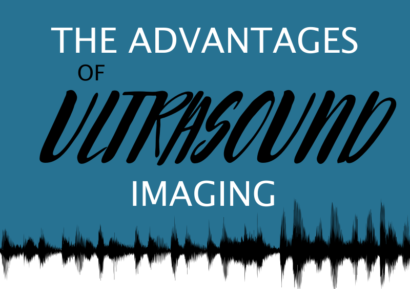Osteoporosis is a concern for many people — The International Osteoporosis Foundation estimates that more than 200 million people suffer from osteoporosis. Left untreated, it can quickly deteriorate the bones, leading to severe fractures, hospitalizations, and many complications. At ARBDA, the osteoporosis specialists in New Jersey, we can help you combat this debilitating disease and provide personalized treatments that allow you the greatest mobility and independence.
There are a lot of myths about osteoporosis, and we’re here to give you the facts.
MYTH #1: Osteoporosis Only Affects Older Women
While the majority of patients that we see for osteoporosis treatment in New Jersey are older women, osteoporosis, or loss of bone density, can affect people of all ages and genders, including men.1 In fact, by age 50, nearly 18% of men will have osteopenia (or “pre-osteoporosis” as it’s been called elsewhere).2 Unfortunately, women may be more vulnerable to the complications associated with this condition, but everyone should engage in a discussion with their primary care & rheumatology providers about screening, treatment, and preventative measures.
MYTH #2: You Can Prevent Osteoporosis By Drinking Milk
Calcium is one of the main minerals contributing to bone density and growth. It needs Vitamin D to properly and efficiently metabolize in the body, which is why you see many dairy products fortified with Vitamin D. Many people don’t get the right amount of calcium each day, which is 1,000mg for women and 1,200 mg for men.3 It’s important to find a balance, as too much calcium can be harmful to your body.
However, calcium alone will not prevent osteoporosis.4 A healthy dose of calcium should be combined with weight lifting and regular exercise to build good bone density.
MYTH #3: Osteoporosis Patients Present With Symptoms
Unfortunately, osteoporosis symptoms are “silent,” meaning they don’t present visually in the early stages.5 Many times, the first indication of this disease is when a patient has already broken a bone. Hip and lower spine bones are especially vulnerable to breaking after a fall, particularly for older women. However, it’s important to know that – even after a fracture – starting treatment is vital to reducing the likelihood that you will suffer from another fracture in the future.
Once your bones have been weakened by osteoporosis, you may experience symptoms.6

Choose ARBDA For Your Osteoporosis Treatment
If you’re concerned about your bone density or risk of having a fracture as you get older — we can help. We use industry-leading imaging and medical technology to determine the composition of your bones and create a specialized treatment program to help slow the progression of the disease. Once we have a complete picture of how osteopenia/osteoporosis is affecting your bones – the Rheumatologists at ARBDA have a host of possible treatments available. From a once-yearly infusion medicine, specialized oral medicines, and many others – give us a call today to schedule your osteoporosis consultation to prevent a fracture tomorrow!
1https://www.bones.nih.gov/health-info/bone/osteoporosis/men
2Alswat K. A. (2017). Gender Disparities in Osteoporosis. Journal of clinical medicine research, 9(5), 382–387. https://doi.org/10.14740/jocmr2970w
3https://www.nof.org/patients/treatment/calciumvitamin-d/
4https://www.rheumatologyadvisor.com/home/topics/osteoporosis/5-myths-about-osteoporosis-debunked/
6https://my.clevelandclinic.org/health/diseases/4443-osteoporosis



